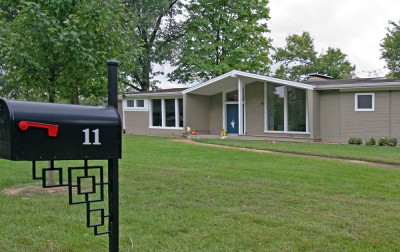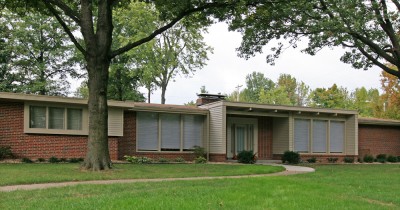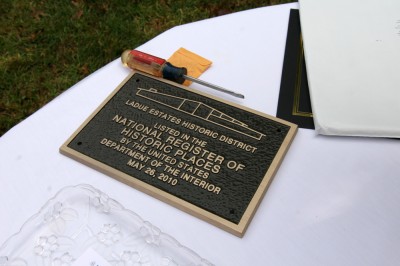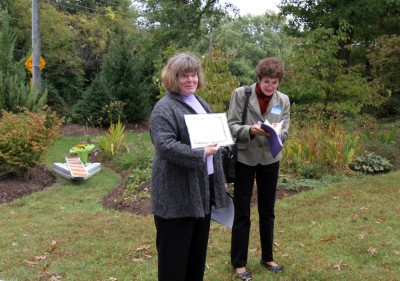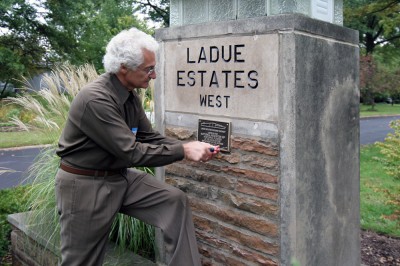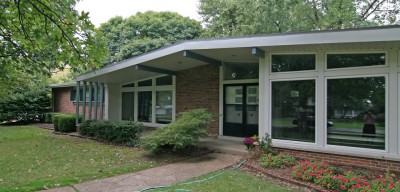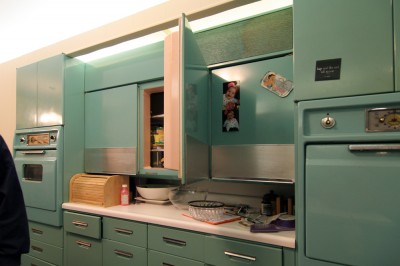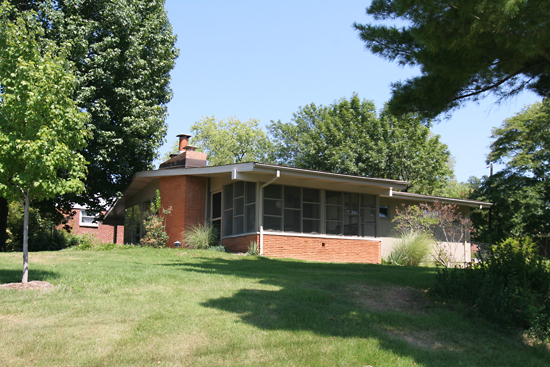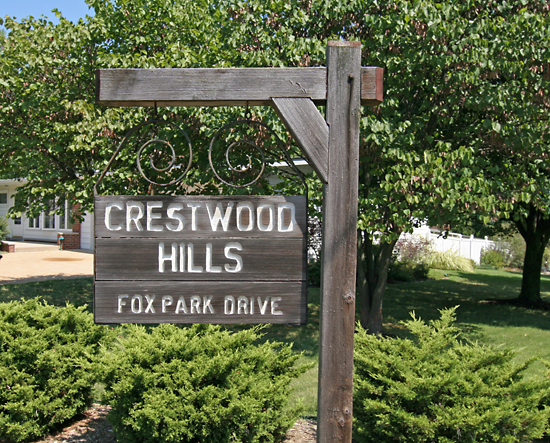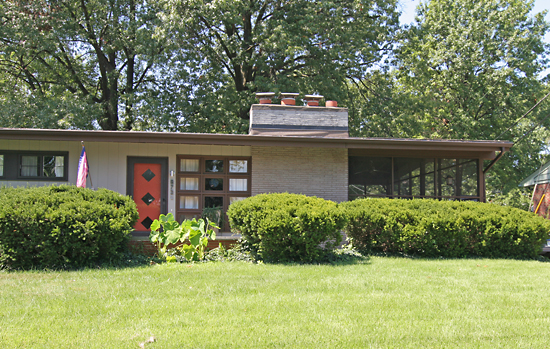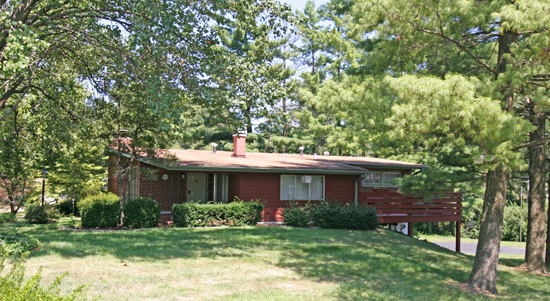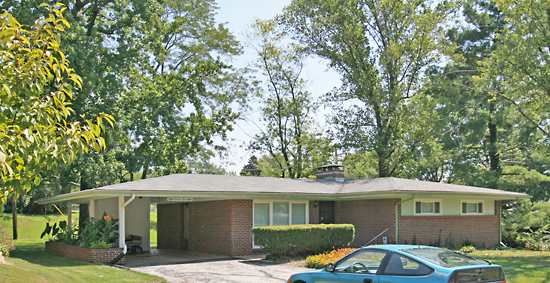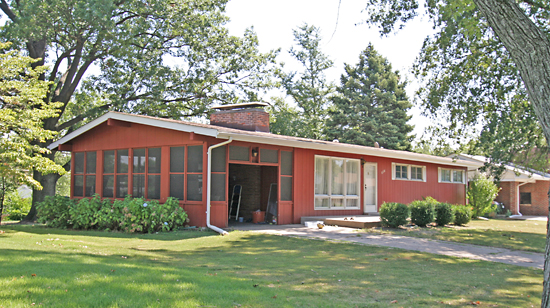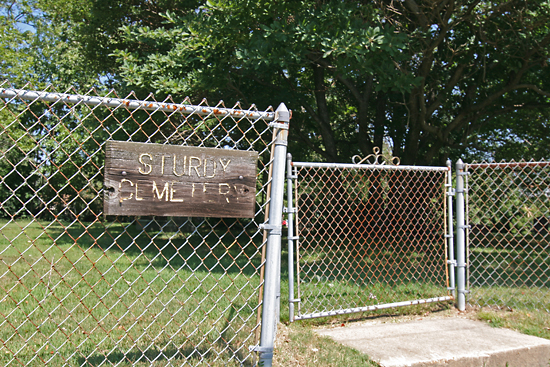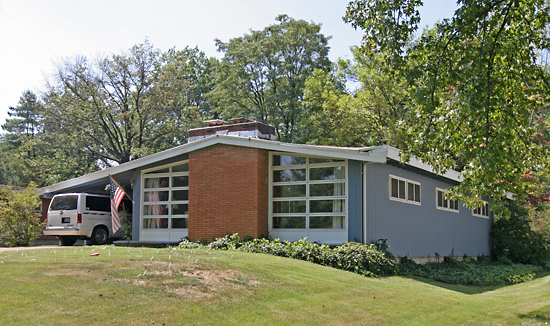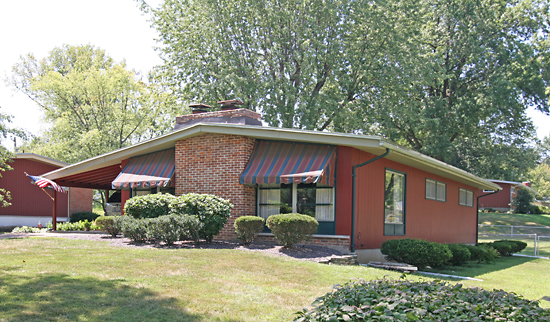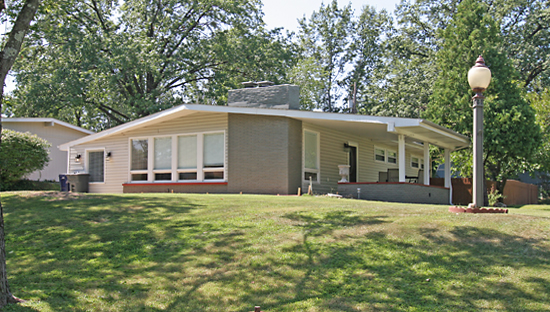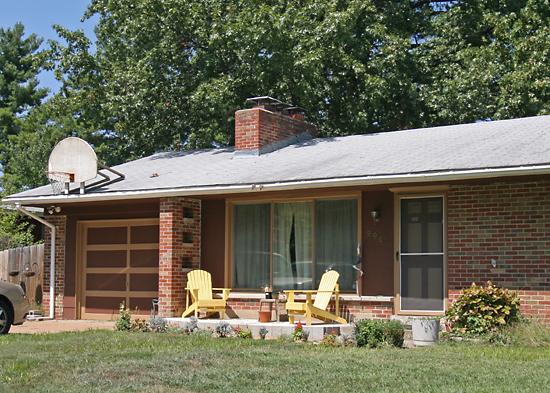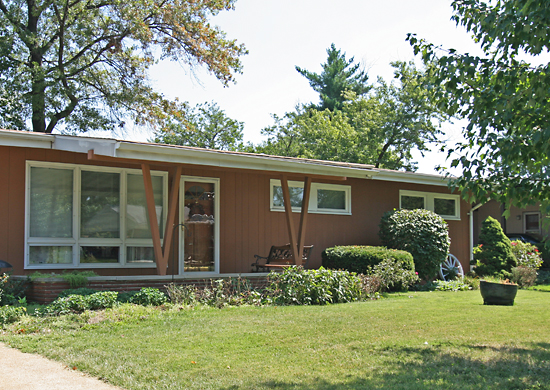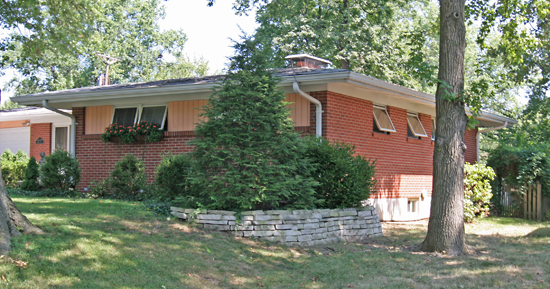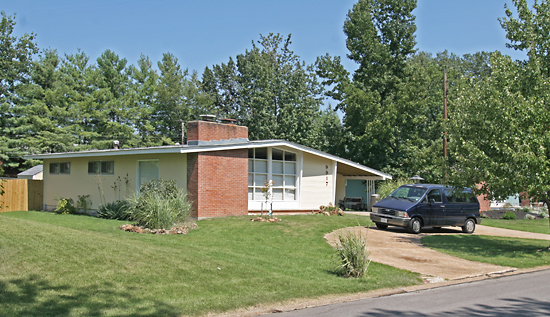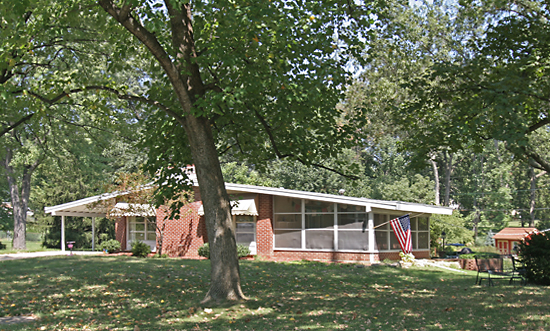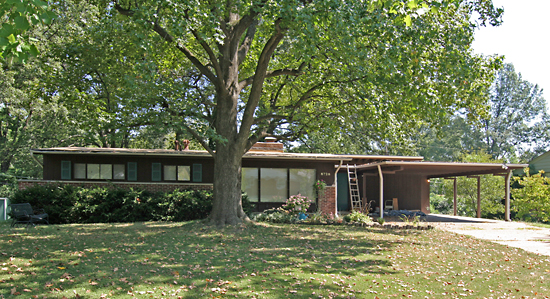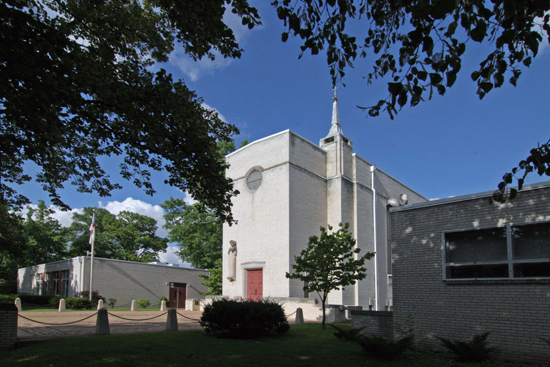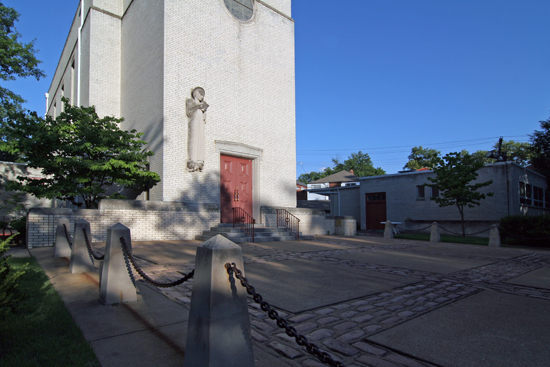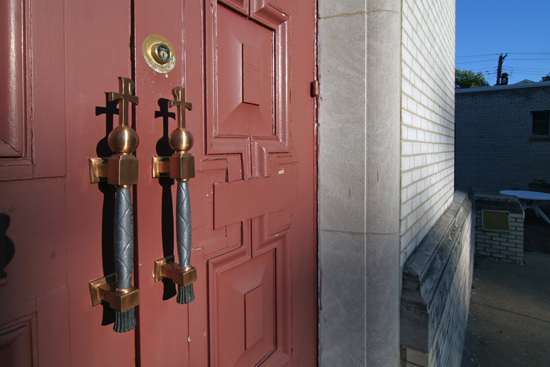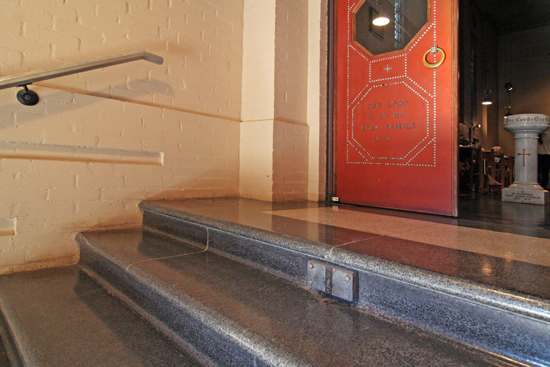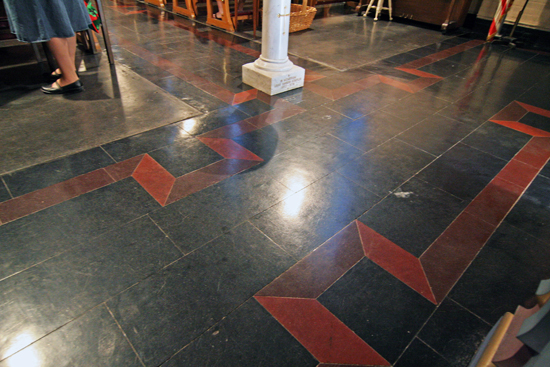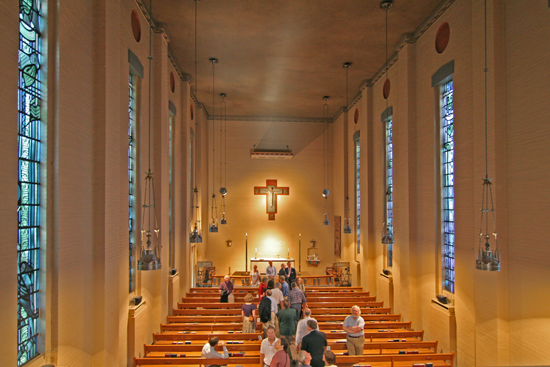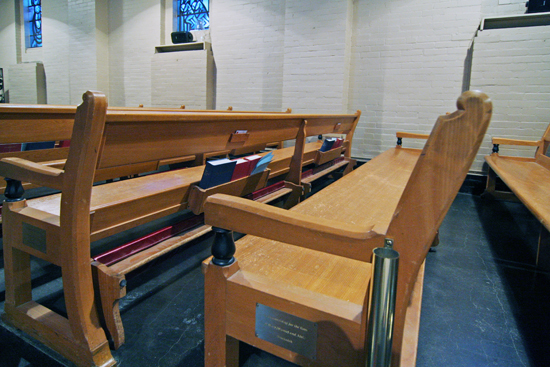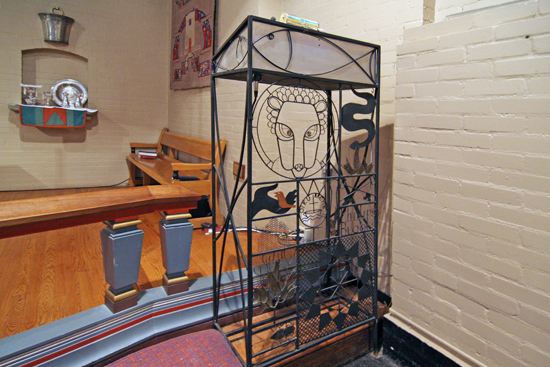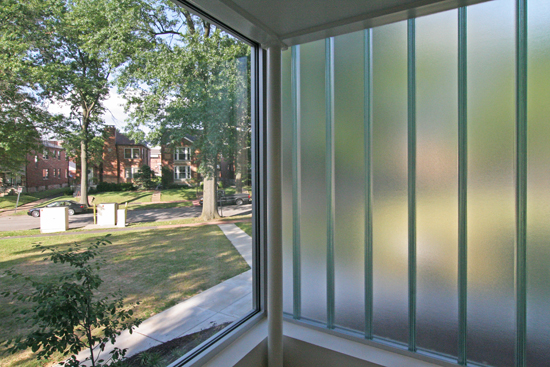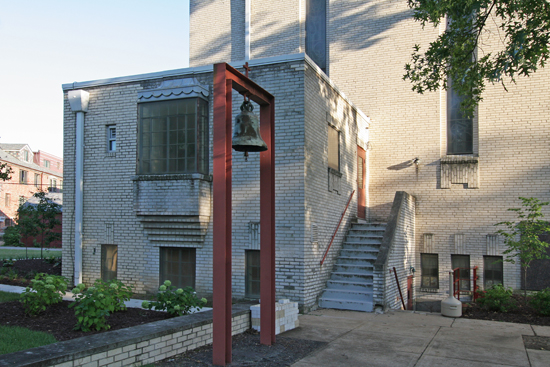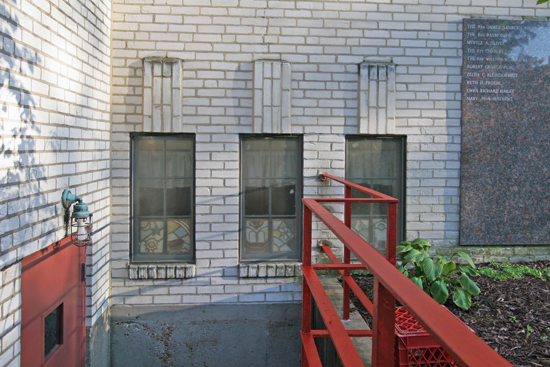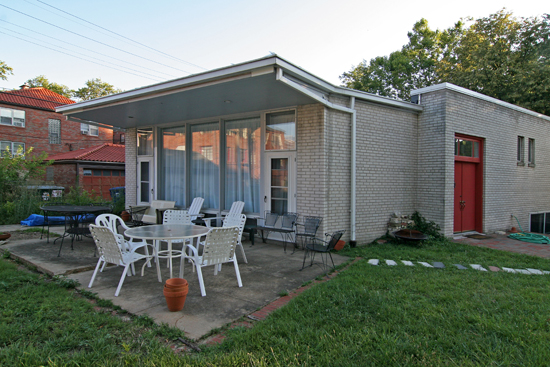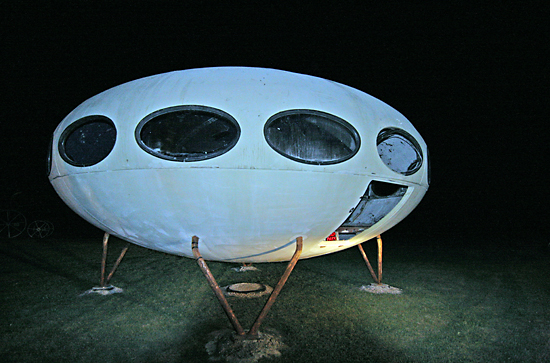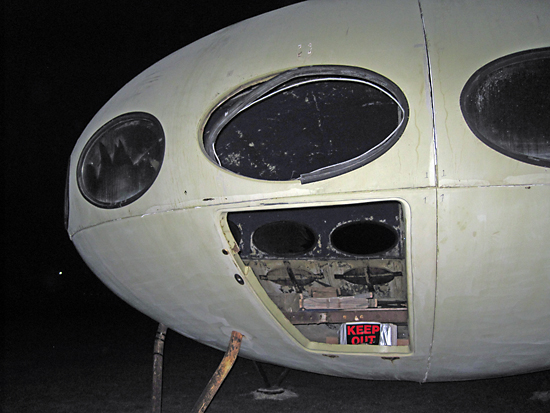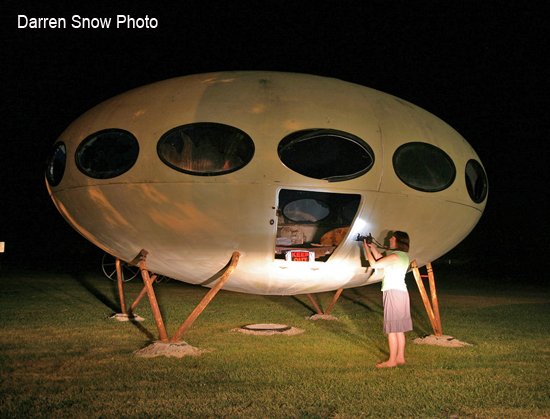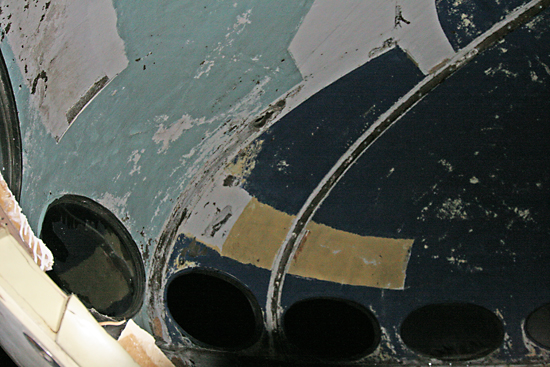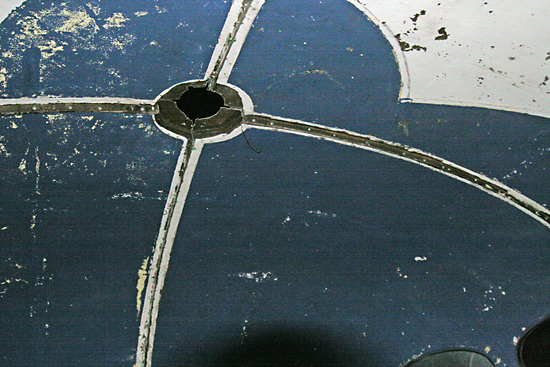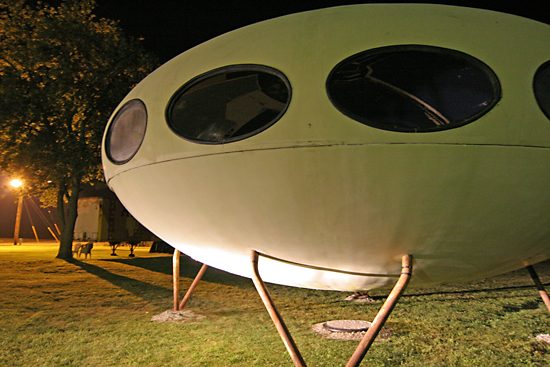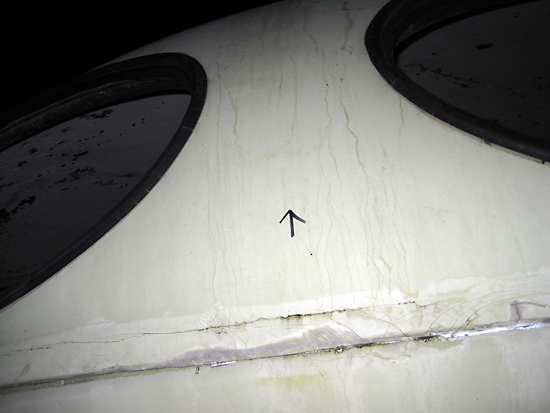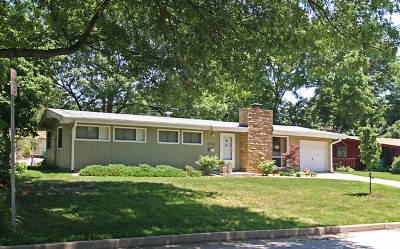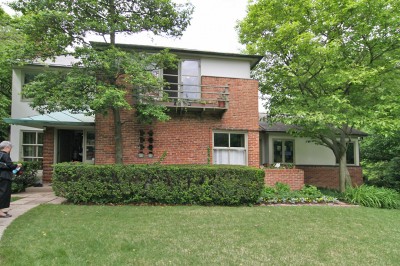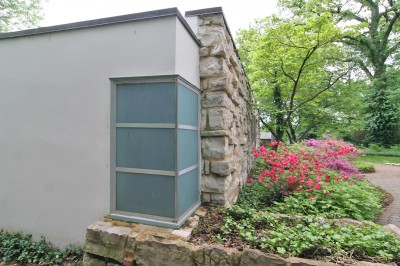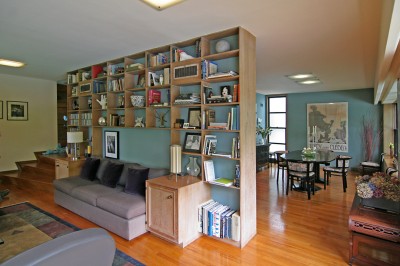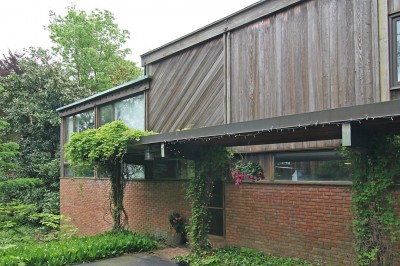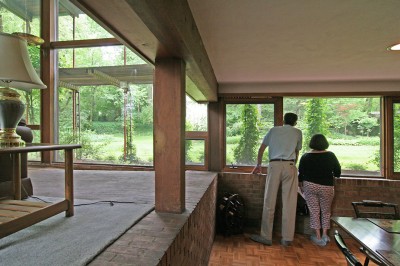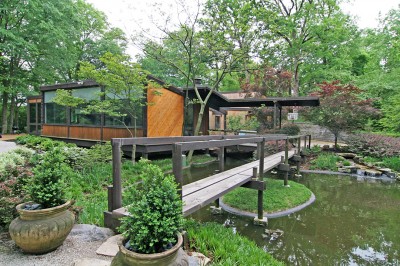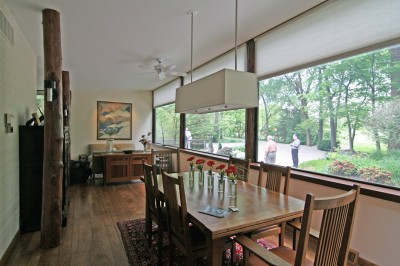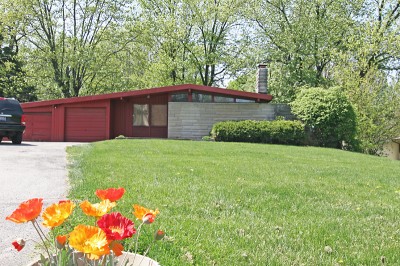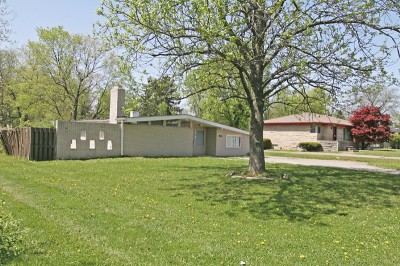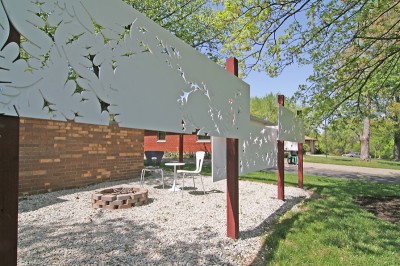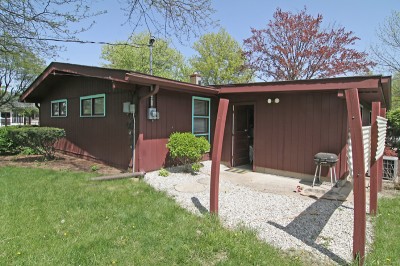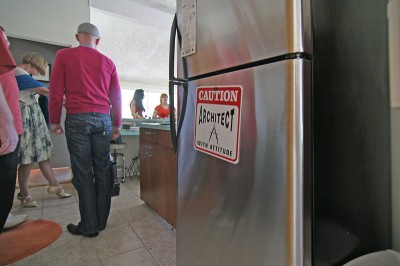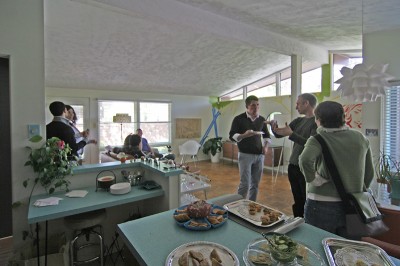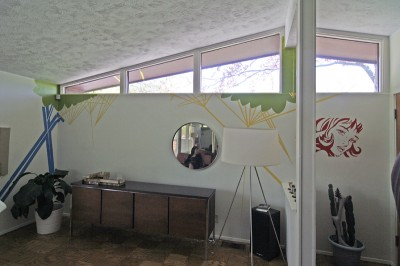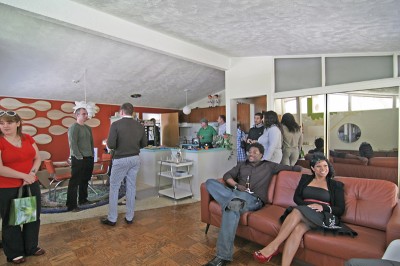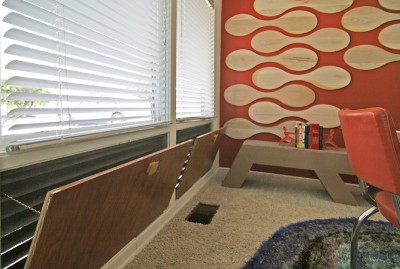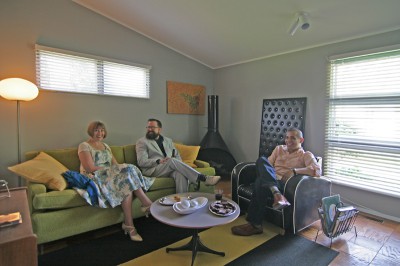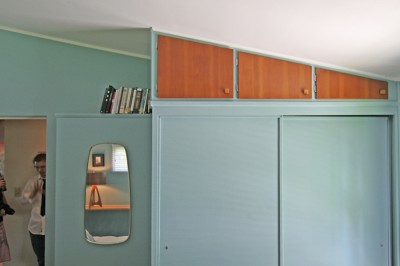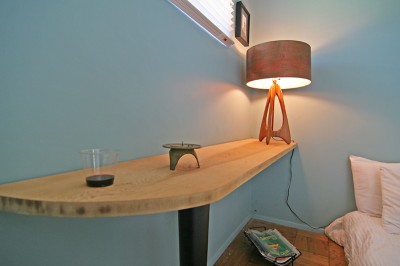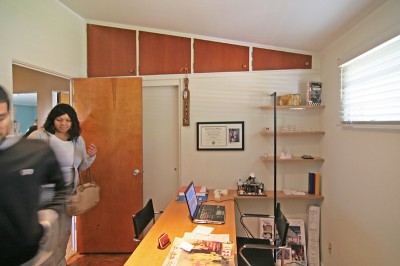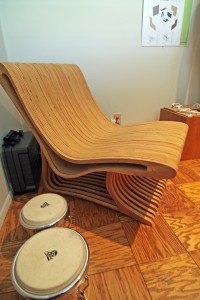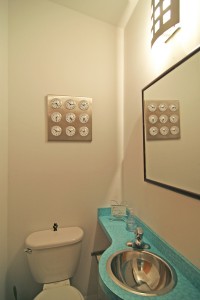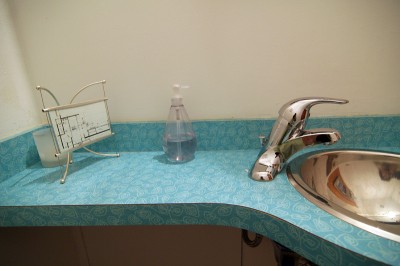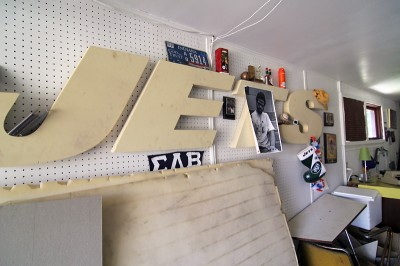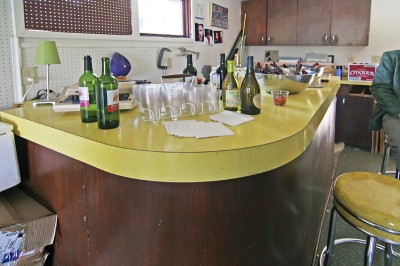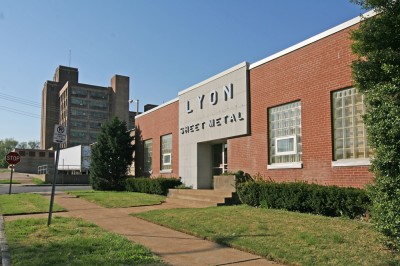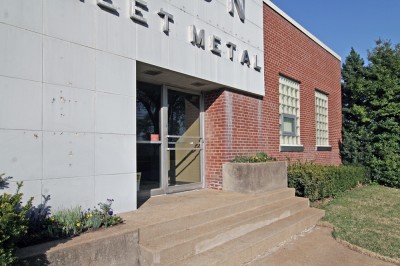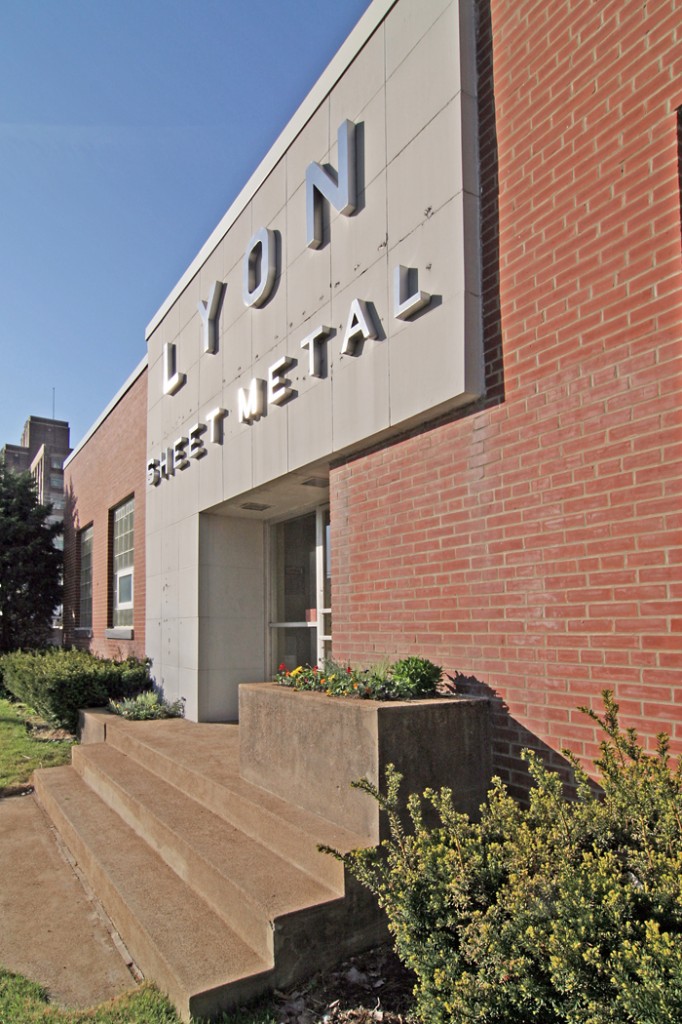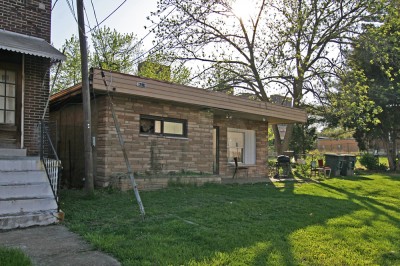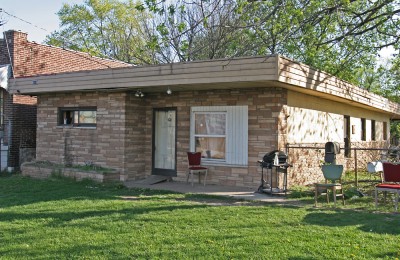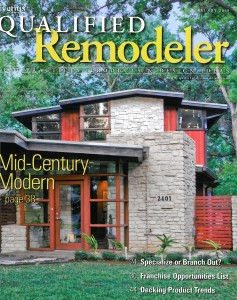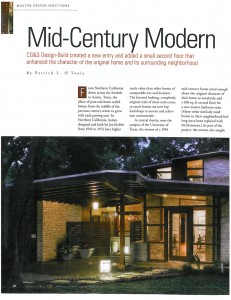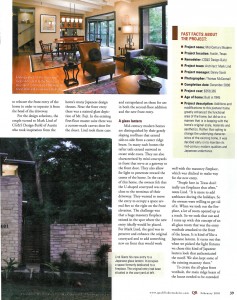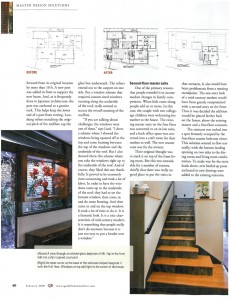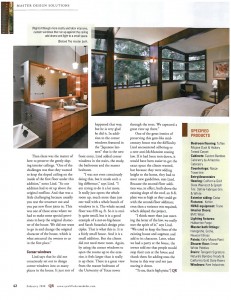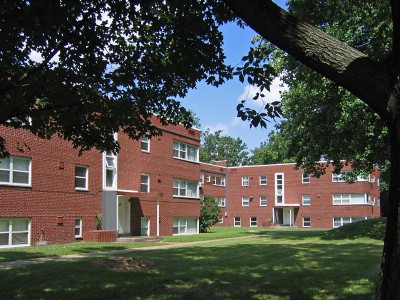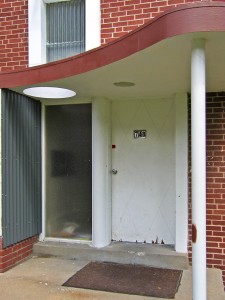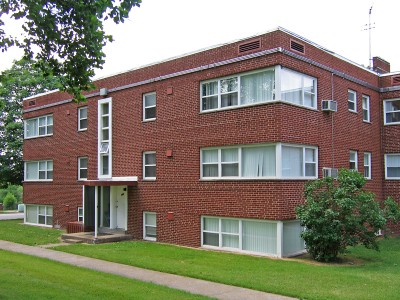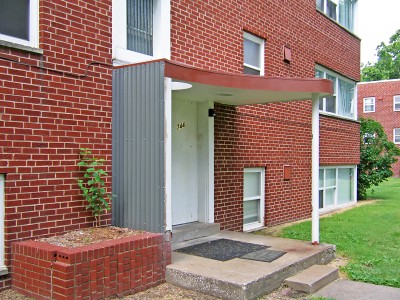Ladue Estates Subdivision
Creve Coeur, MO
For St. Louis fans, connoisseurs and scholars of mid-century modern architecture, know that a milestone moment has happened: Missouri has its very first post-war subdivision on the National Register of Historic Places.
St. Louis County is worrisome for Atomic Ranch lovers because it feels as if they’re being demolished the very moment after they are appreciated for their historical grace. The original post-World War 2 owners who embraced this architectural style and made these neighborhoods possible are leaving behind significant homes that become vulnerable to the tear down developers. Here’s the tragic tale of an exceptional Ladue home that was demolished for a McMansion.
But in the face of fears that a lack of architectural appreciation and zoning laws will tear down important chapters of St. Louis history comes the first ray of hope: Ladue Estates was added to the National Register of Historic Places in May of 2010. And on October 1, 2010, St. Louis preservation luminaries such as Esley Hamilton and MiMi Stiritz were at the intersection of Ladue Road & West Ladue Estates Drive for the dedication ceremony.
But what makes this particular moment particularly sweet is that it was NOT brought about by architectural scholars, well-meaning activists or public servants. Ladue Estates was granted ground-breaking historic status because its RESIDENTS recognized its beauty and significance, and worked to make it official. And talk with any resident to learn that the hero of this triumphant tale is Lee Ann Baker (above left), while Lee Ann is quick to point out all the help she received over the 3 years it took to complete the National Registration form.
Take a moment to look through the fascinating history of Ladue Estates in this pdf of the winning application. Note that it is 76 pages long because it extensively covers all 80 homes in the post-war subdivision, as well as the original builder and architect, and the Jewish heritage of 3/4 of the original owners. Then note that there are architectural historian professionals who are paid good money to research and fill out National Register applications for projects a quarter of this size. Which is what makes Lee Ann’s accomplishment all the more amazing; it was truly a 3-year labor of love for a neighborhood they adore and want to see protected in perpetuity.
For the dedication ceremony, MiMi Stiritz read aloud this letter from the Missouri office of Historic Preservation:
…(Ladue Estates) represents a collection of high-style ranch houses that are nearly pristine in their historic appearance and setting. As one of the first luxury subdivisions in the area, it additionally reflects St. Louis County’s westward growth into what was primarily rural land. Its wide lots, expansive lawns, attached garages and sprawling floor plans epitomized the suburban dream of the post-war years. In fact, Ladue Estates is such a good illustration of the suburban boom, it has been used as an example by staff of the National Parks Services National Register of Historic Places program in training classes.
The significance of Ladue Estates for its architecture and role in the development of Creve Coeur is easily apparent. What is not as obvious is its significance for cultural heritage. Over ¾ of the original owners were Jewish. At the time of Ladue Estate’s construction, there were still prejudices that resulted in restrictions as to where members of the Jewish community could re-locate. Built by Ben Goldberg, the Jewish owner of Goldberg & Co., Ladue Estates proved to be a welcome location for Jewish families who wanted a piece of the suburban life.
Shortly after the Ladue Estates development, the surrounding area became the home of several Jewish establishments including synagogues, educational facilities, and social and community services. While it would have been easy to nominate Ladue Estates for architecture and community planning alone, the citizens of Ladue Estates went the extra mile to bring this valuable information to life.
Finally, the state historic preservation office applauds the efforts of the citizens of Ladue Estates. They nominated this district through their own time and dedication. Their pride in their subdivision is evident and serves as a shining example of historic preservation efforts on the local level.
Being invited to such a milestone moment in mid-century modern preservation was an honor. Even better, it was an absolute joy to meet, tour the homes of and talk with residents of this enclave. They are a friendly, vibrant and industrious group of people dedicated to the care and maintenance of a subdivision they recognized as special long before retro-modern became fashionable. For them, it’s about the quality of life from an abundance of natural light and green space, accessible single-level floor plans and Old World craftsmanship that makes these homes as solid as they are beautiful.
Their conversations about 12-foot thick concrete foundations, window replacement, seamless room additions and architecturally compatible updates on their 54-year old homes have the same intensity of detail and passion as those working on their 102-year old home. And their glee in being able to show us one of the few remaining original ktichens was almost as great as our awe upon seeing this:
An entire kitchen of original GE metal cabinets in teal blue (the other original color choices were pink and pastel yellow)! In the picture above, you see the open door of one of TWO refrigerators, with the freezer to the right. And TWO wall ovens. AND they all still WORK!
To see more photos of this kitchen, other homes in Ladue Estates and the Dedication Ceremony, visit this Flickr photo page.
Learn more about this historical milestone neighborhood at the Ladue Estates Subdivision website.
And I want to express my deepest gratitude to Lee Ann Baker and every person who helped her undertake and complete such a gargantuan effort. The residents of Ladue Estates epitomize the intent of this very blog: the built environment in layman’s terms with special emphasis on the beauty and quality of mid-century modern architecture. So, they are my personal heroes, and as groups like Modern StL move forward with the preservation and celebration of St. Louis Modernism, we look to Lee Ann & Friends as a glorious example of worthwhile dedication and eternal inspiration. Thank you!!!!

